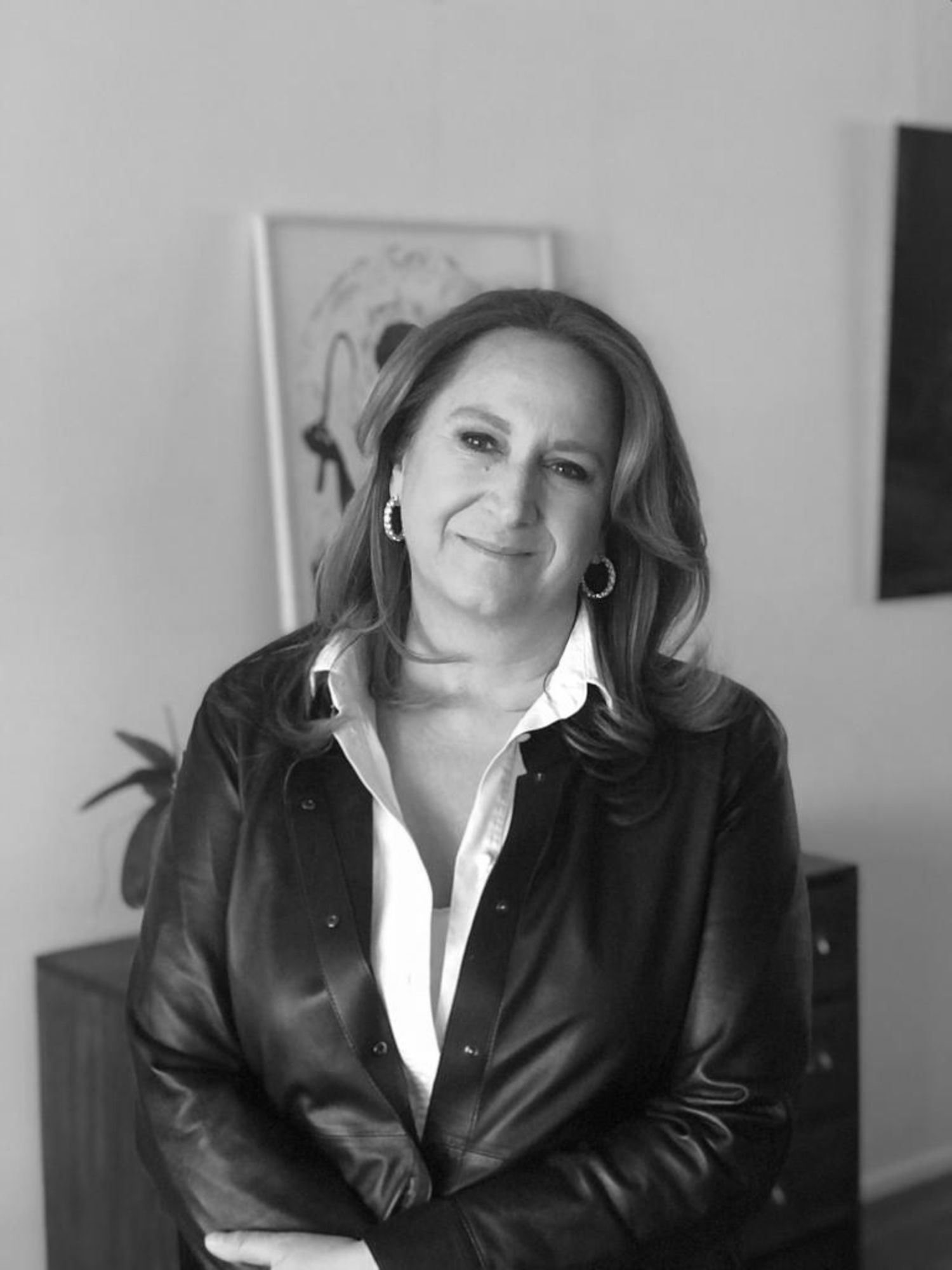Maria Bojan: The Importance of “Training the Eye”

Curator and art consultant Maria Bojan shares strategies for navigating today’s turbulent art market. Maria emphasizes the importance of developing personal taste from constant exposure to the world of art as well as building genuine connections with artworks.
Maria Bojan is a curator and art consultant originally from Romania but now living in Amsterdam. Her career has been primarily focused on art from Central and Central Eastern Europe, but her professional influence spans much wider. With a background in art history and art criticism, she has successfully navigated the complex art market, even through challenges such as the 2008 financial crisis. Instead of running a typical gallery, Maria founded an agency that adapted more easily to changing market conditions. She learned that only artworks meeting both institutional and market demands stand the test of time. Throughout her experience guiding collectors and developing personal connections with the artworks, Maria has developed a unique perspective on today’s art market challenges.
In the EduArt Experience online masterclass, Maria explains that navigating today’s art market can be overwhelming due to its complexity. With so many artists, gallerists, and art consultants competing for attention, the art world feels fragmented into various rival markets and sub-markets. Also, globalization has given collectors access to a vast selection of artworks. This raises the question: How to build a meaningful art collection?
For Maria, the answer lies in self-reflection and experience. Collectors must understand their own taste, which can only be achieved through direct exposure to art, whether in galleries, art fairs, and museums. To “train the eye”, collectors should be continuously open to different art forms and seek advice from experts such as curators and art consultants.
Instead of following trends, Maria advises collectors to invest in pieces that genuinely speak to them – works that align with their own environment and life philosophy. Developing a personal aesthetic and love for art is essential because a collection is not merely an investment but a relationship between the collector and the artwork. Art becomes part of a collector’s daily life, transforming their surroundings and influencing their everyday environment.
Central and Eastern European art holds a special significance for Maria. Despite its rich history and content, it is still underrepresented in the global art market. Issues like poor institutional infrastructure and a lack of experts have kept art from this region from gaining full international recognition. Maria notes that the art market in Eastern Europe is still in a pioneering stage with quite some potential to develop in the coming years.
However, she sees great possibilities in the region’s cultural and historical narratives. The “Cluj School of Painting” in Romania is an example of a successful initiative in which local institutions, independent curators, and artist-run initiatives came together to support emerging artists, allowing them to gain international attention. Changes in the post-revolution era, such as reforms in art education, helped create a wave of talented artists whose success stories have gained international acclaim.